June 8, 2025 | 14:17 GMT +7
June 8, 2025 | 14:17 GMT +7
Hotline: 0913.378.918
June 8, 2025 | 14:17 GMT +7
Hotline: 0913.378.918
Climate change has had profound impacts on socioeconomic systems, especially in agriculture, and fruit trees are particularly vulnerable. Major agricultural markets such as the European Union and the G7 are now enforcing stricter technical standards through mechanisms like the Carbon Border Adjustment Mechanism (CBAM). These policies necessitate that imported products adhere to greenhouse gas reduction standards or be subject to carbon levies through credit systems.
These regulations illustrate that market barriers have expanded beyond food safety. Carbon traceability, transparent production data, and green certification are becoming indispensable for market access, serving as a "visa" for Vietnamese products to compete on a global scale. For Son La, a province with substantial natural resources, this is especially important: it has a temperate climate that is conducive to fruit production, vast forested land, and undulating terrain that is ideal for perennial crops.
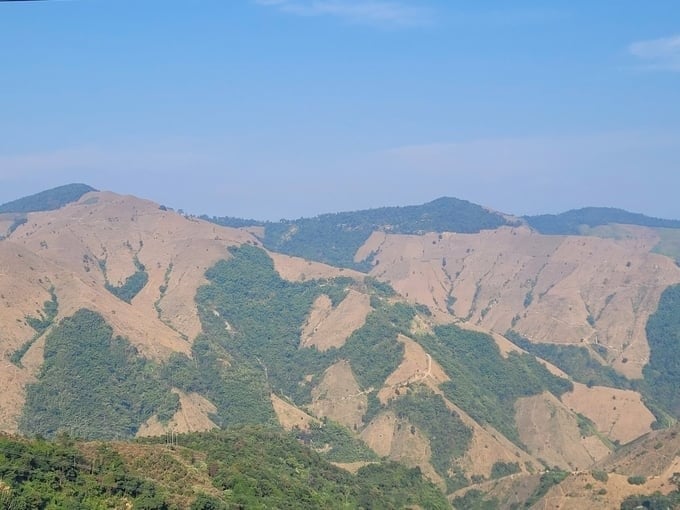
Increasing green coverage thanks to fruit trees. Photo: Duc Binh.
Son La has a substantial carbon sequestration potential, with an estimated 653,000 hectares of forestry territory and 408,000 hectares of farmland. Nevertheless, Dr. Nguyen recognizes significant obstacles. VietGAP traceability standards are met by approximately 15% of fruit cultivation areas, according to a 2024 survey conducted by the provincial Department of Agriculture and Environment. This figure is significantly lower than international standards. In the interim, the province's produce is primarily consumed fresh, accounting for approximately 75% of its output. This exposes growers to price instability and waste. It is not uncommon to experience losses of 10–15% per season.
There have been no formal initiatives initiated to quantify or monetize the carbon absorption, despite the potential to sequester an estimated 5.6 million tons of CO₂ annually.
ECM suggests a five-part strategy for Son La to promote sustainable development alongside with fruit cultivation.
Initially, construct a carbon economy map in accordance with the three-tier framework of the IPCC. The calculation of biomass-based carbon credits should be founded on Tier 2 data, which has been internationally verified. Real-time monitoring of greenhouse gas emissions in fruit-growing zones is a requirement of Tier 3, the most stringent level. This system not only monitors actual emissions but also offers comprehensive data to confirm cultivation practices, improve traceability, and specify the origin of products.
Subsequently, establish partnerships with international partners to implement quality standards that are suitable for export. For instance, Japan has upgraded VietGAP to levels that are equivalent to JGAP or JAS. This entails four critical procedures:
Systematize Son La’s major agricultural products:
Third, make a significant investment in deep-processing technologies that are integrated with circular economy principles and utilize sophisticated cold-chain systems. LNG (liquefied natural gas) technology has the potential to substantially reduce costs while maintaining the quality of the product for a period of 6 months to 5 years. These preserved products could be utilized as inputs for the pharmaceutical and food industries.
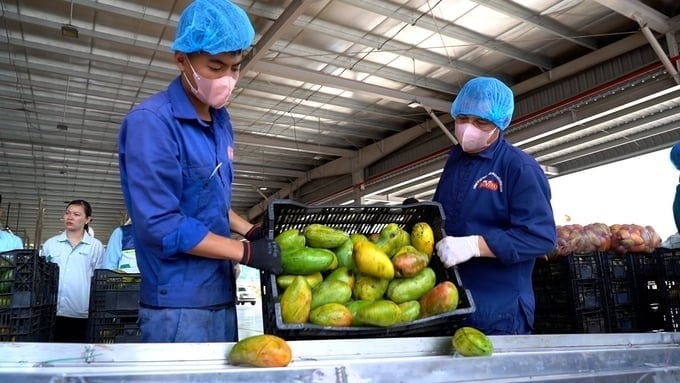
Fruit deep processing system at DOVECO Son La. Photo: Tung Dinh.
Fourth, Son La should systematically and actively penetrate the carbon credit market after the carbon economy map is established. In order to provide training to specialized staff, business executives, cooperatives, and large landowners in carbon accounting and credit registration, it is essential to collaborate with universities and research institutes.
Additionally, a prototype project that utilizes "cooperative–carbon credit" models is suggested. In this model, cooperatives would organize farmers to implement green farming techniques, including the utilization of organic or microbial fertilizers to increase soil organic carbon by 10% over a three-year period, the intercropping of legumes to fix nitrogen (which reduces chemical fertilizer use by 20%), and the adoption of drip irrigation (which saves 40% on water usage).
Fifth, Son La should fully capitalize on global e-commerce to establish a connection between its fruits and main domestic cities and global markets. This encompasses the enforcement of product quality standards during production, traceability, and preservation, in addition to the establishment of partnerships with major retailers like BigC and WinMart through B2B channels. By pursuing these five pillars, Son La can realize its maximum potential as a green agricultural hub, where fruit trees not only provide sustenance but also fuel the province's green economy.
Translated by Linh Linh
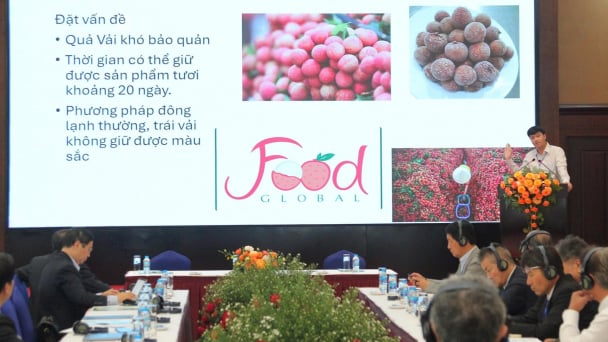
(VAN) VAAS and numerous Vietnamese enterprises have signed cooperation agreements with Japanese partners to promote agricultural technology and trade connectivity.
/2025/05/29/5625-12-214801_567.jpg)
(VAN) Provincial mergers in the Mekong Delta promise to streamline administration, expand inter-provincial raw material areas, and foster close linkages in agricultural value chains, benefiting both businesses and cooperatives.
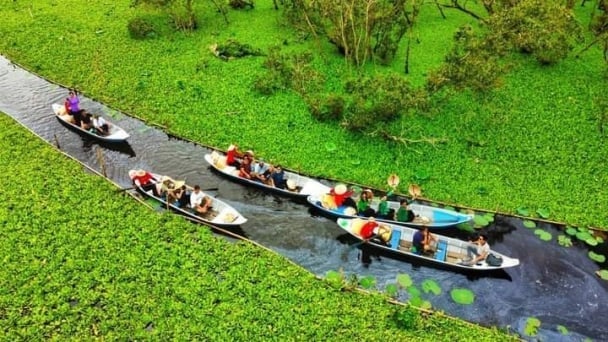
(VAN) Merging Mekong Delta provinces contributes to the expansion of agricultural raw material areas, addressing previous constraints caused by provincial boundaries. Additionally, this expansion will reduce costs and strengthen linkages between businesses, cooperatives, and farmers.
/2025/05/29/1043-2-153730_145.jpg)
(VAN) The Government's policy to merge provincial-level administrative units opens up major opportunities for the Mekong Delta region to reshape its agricultural development strategy toward large-scale production, effective regional linkages, and sustainability.
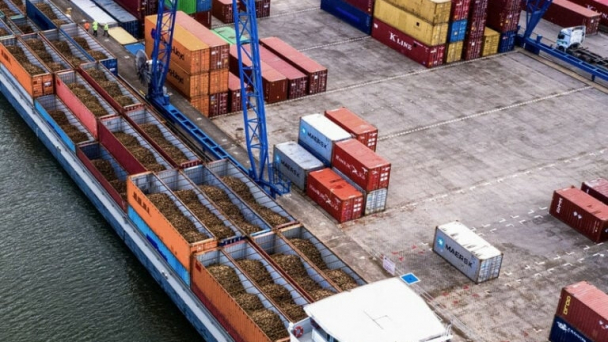
(VAN) The mutual export of agrifood products between the European Union (EU) and the United Kingdom (UK) must occur again without certification, border controls or other red tape. This was agreed at the UK-EU summit.
/2025/05/22/5121-2-173645_677.jpg)
(VAN) NBSAP Tracker identifies strengths and areas for improvement in the National Biodiversity Strategy, based on each region’s priorities and capacities.